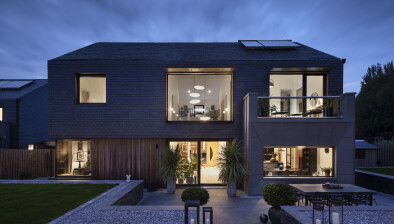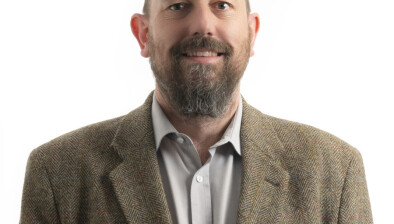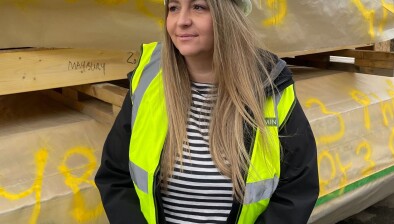Clare Booth: A can-do approach to Passivhaus
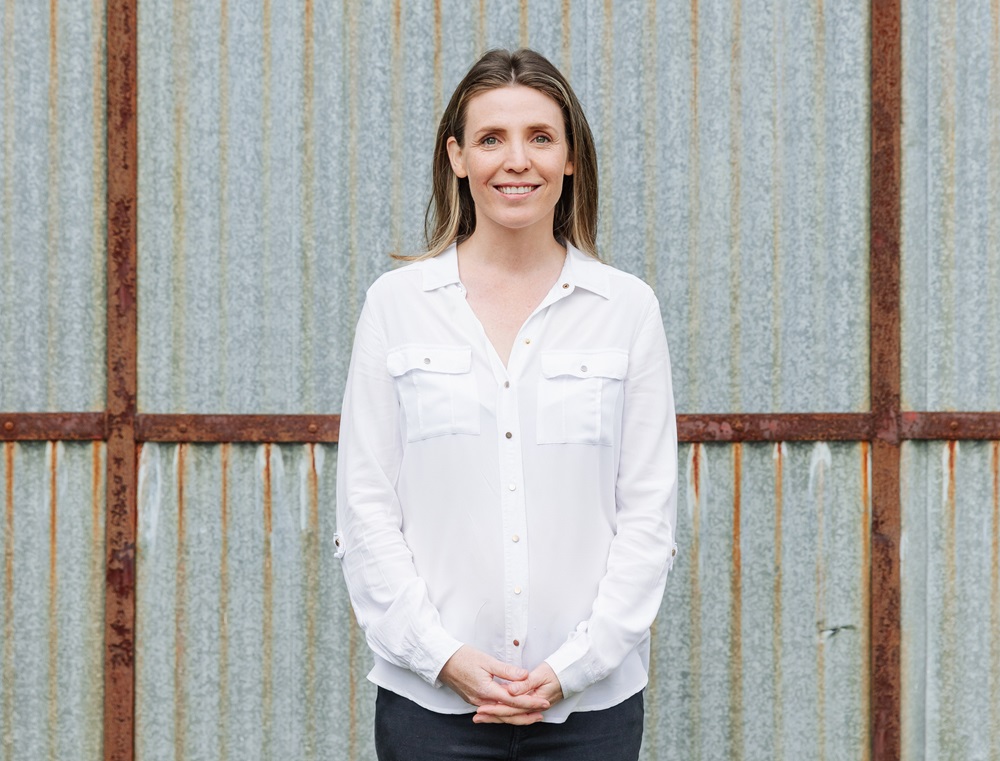
Clare Booth
Clare Booth from Aberdeenshire housebuilders Coldwells Build explains why the company is embracing the Passivhaus standard.
The Scottish Government is currently undertaking a consultation on a policy to introduce a Scottish Passivhaus equivalent for newbuild housing across Scotland. The international Passivhaus building standard tackles fuel poverty and the climate emergency by radically reducing the heating demand in homes and buildings. It is estimated that the Passivhaus standard reduces heating demand in homes by 79% compared with current Scottish building regulations, while also providing high levels of occupant comfort and health.
At Coldwells Build, we’re poised to meet the challenge, having developed off-the-shelf solutions for self-builders wanting a certified Passivhaus home. Our award-winning construction company has spent three years designing the Coldwells Build Passivhaus – a collection of ready-to-go, design-driven homes that combine premium, sustainable materials with the speed and precision of prefabricated construction.
We want to make building and owning a world-leading Passivhaus easy for self-builders. That’s why we’ve distilled over 3,000 decisions into one convenient collection. The Coldwells Build Passivhaus has been developed in partnership with leading Scottish Passivhaus designers, John Gilbert Architects. The collection will launch later this year and comes in six contemporary designs, ranging in size from 3 to 5 bedrooms. Self-builders with their own land can choose their favourite design and delivery method (turnkey or shell only) and we’ll prefabricate the Passivhaus in our workshop, before transporting it to site and assembling it in days.
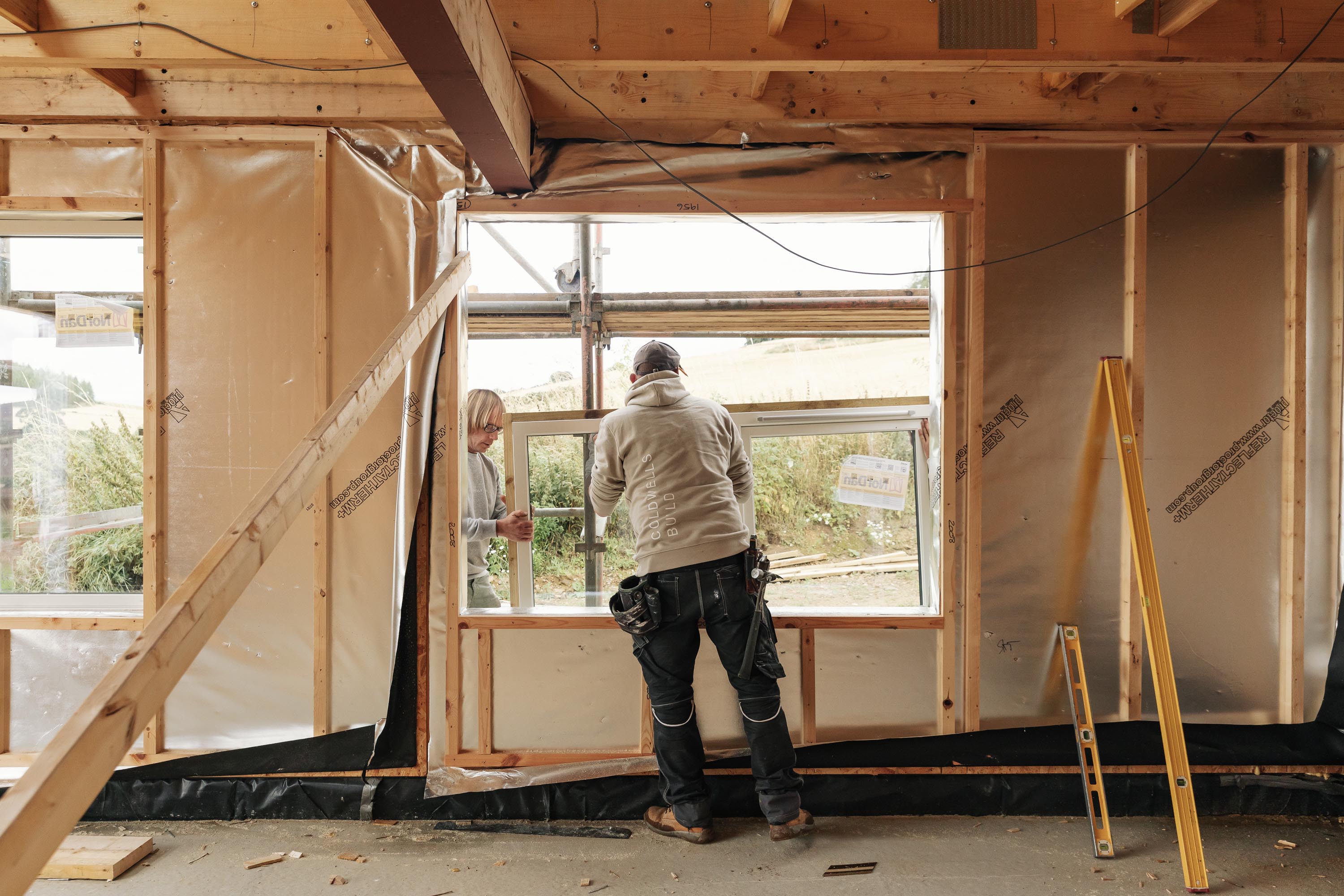
Coldwells Build is one of the few specialist contractors in Scotland with a fully-trained workforce in Passivhaus construction. Our joiners and builders have completed their Passivhaus tradesperson training and exams and have developed an innovative construction system that allows us to manufacture Passivhaus homes off-site, which reduces construction waste, cost and time.
Our commitment to build better followed 2021’s COP 26 climate summit in Glasgow, where we learned about the energy ‘performance gap’ - a major issue in UK housing. Many homes built to current standards use 60% more energy than predicted, largely due to poor construction and lack of quality control. For homeowners, this leads to high heating bills, indoor temperature extremes and issues like mould and condensation.
However, Passivhaus is one of the few sustainable building standards that delivers on its promises. A recent study by the University of Bath found no ‘performance gap’ when it tested 97 Passivhaus homes. These remarkable results are thanks to the robust quality assurance system that’s integral to Passivhaus.
Before it’s built, a Passivhaus is modelled in specialist software, where it’s optimised for maximum energy efficiency and tested to ensure it works – there’s no guesswork involved. It’s peace of mind for homeowners that their Passivhaus has been intelligently designed and will perform exactly as intended. To qualify as a Passivhaus in the UK, a building must undergo a strict compliance process with an independent expert consultant, known as the certifier.
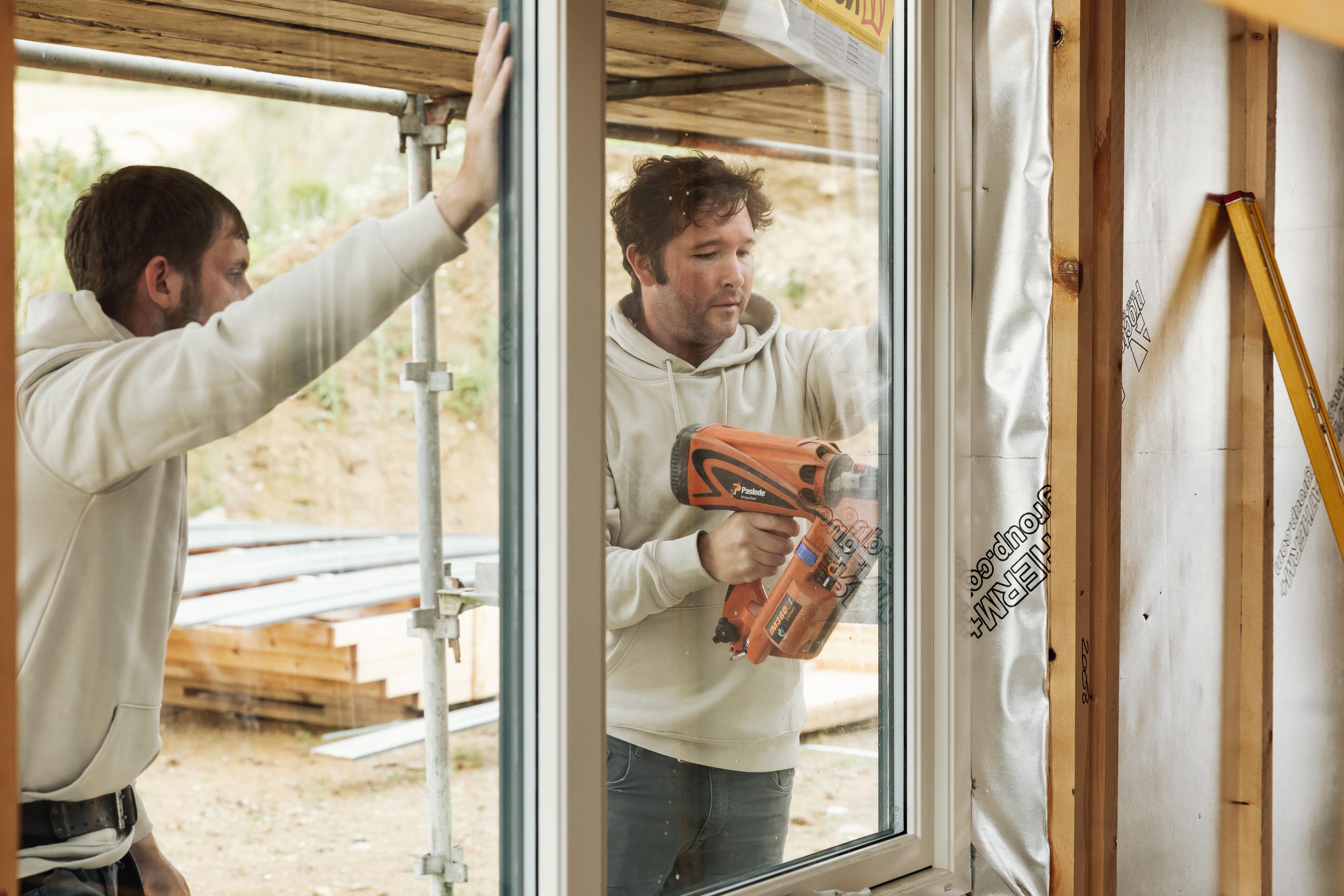
The certifier provides impartial verification that all Passivhaus criteria have been satisfied. They check the design drawings and software calculations, they check what’s built on site and ensure it matches the design accurately. It’s much more rigorous than the typical building regulations inspections that occur during the construction of a home. When the certifier is satisfied, the homeowners receive a Passivhaus certificate and a plaque, which they can fix to the home to prove its ultra low-energy credentials.
The Coldwells Build Passivhaus demonstrates the type of innovation that is needed to respond to Scottish Government policy. Off-the-shelf solutions will help the Scottish construction industry rise to the challenge and scale up Passivhaus. Many of the solutions for delivering Passivhaus at scale already exist, it’s just a matter of taking decisive action and putting them into practice.
The expectations of the construction industry need to be raised and a superior quality of service and products demanded and delivered.
Introducing Passivhaus equivalent legislation presents a major opportunity for Scotland to become a global leader in sustainable construction. It’s an important step towards becoming a net zero society by 2045 and will benefit the country, the environment and most importantly, our future generations.
The Scottish Government consultation on the Scottish Passivhaus equivalent is open until Wednesday 23 October 2024. We’re joining the Passivhaus Trust in encouraging the Scottish public and wider construction industry to respond to the consultation to ensure the policy is ambitious and lives up to its potential.
More information is available here.











